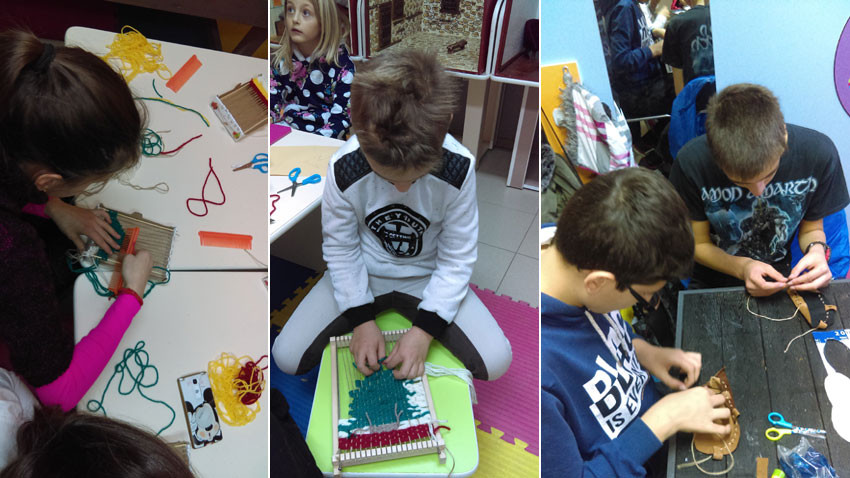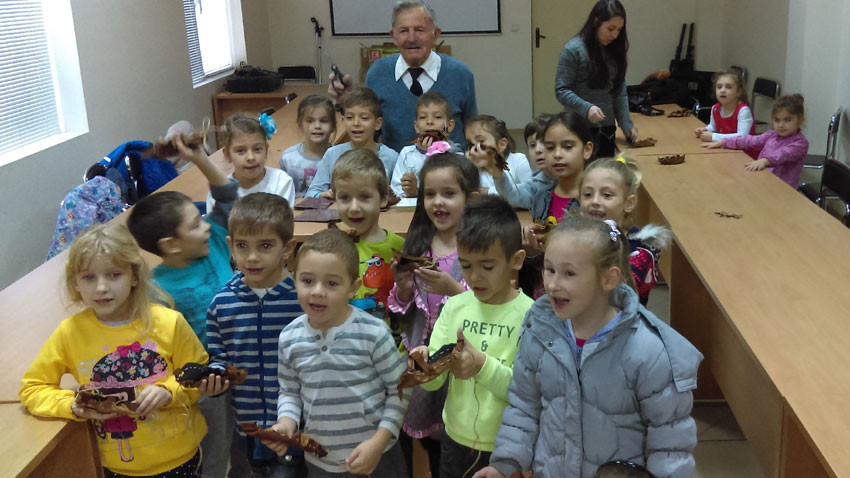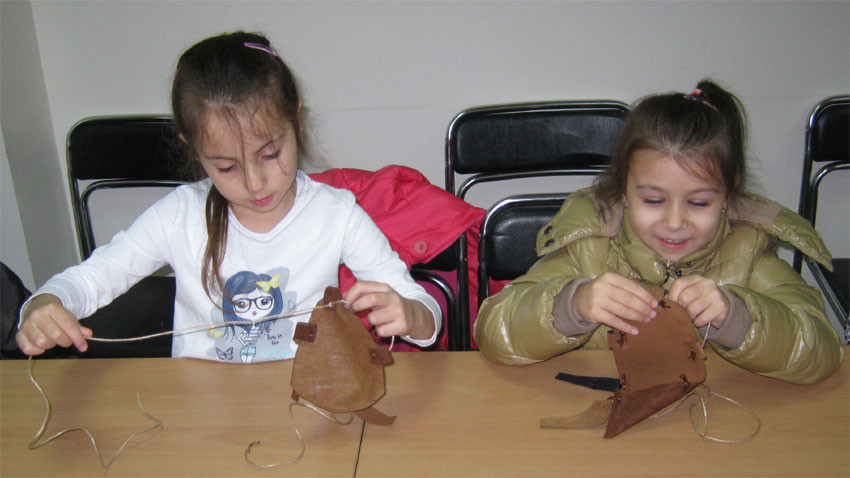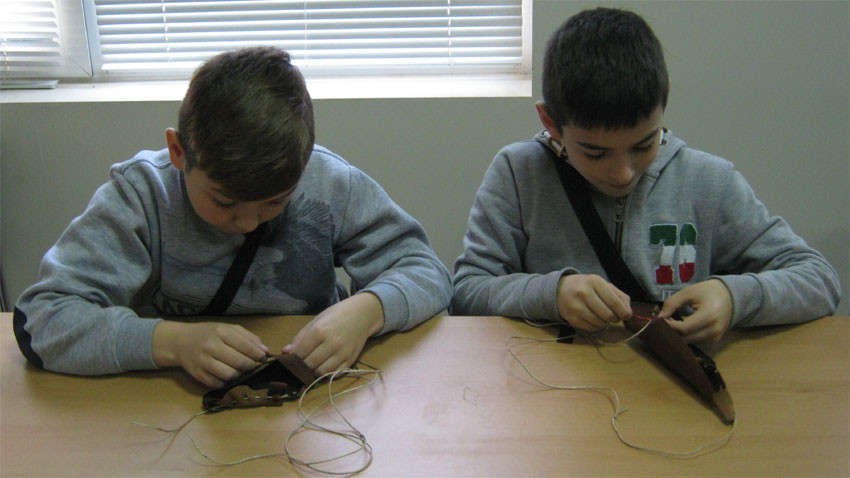
One of the greatest saints and miracle workers of the 4th century, Saint Spyridon, used to be ‘simple in nature, humble in heart and gracious in life’, as it was recorded. Today the Orthodox Church honors his memory.
In traditional Bulgarian beliefs, Saint Spyridon is considered to be a patron of horses and large domestic cattle, but above all he is a patron of various crafts and craftsmen. On his feast, the master craftsman used to examine and select the new masters, and a male animal was sanctified in the church and sacrificed in honor of the saint. In many places today craftsmen celebrate the feast with the same rituals and practices. And the representatives of the younger generation who have recently got acquainted with the wisdom and deep meaning of traditions continue to seek ways of translating them into more modern language. An interesting calendar of traditional skills has been created by the Regional Museum of History - Kyustendil. According to it, children's workshops were organized on a monthly basis. In November children made a type of traditional footwear typical of the entire Balkan Peninsula. Probably these ‘opintsi’ were the first shoes of people on the peninsula, Miroslava Taskova, Head of Public Relations Department and curator at the museum, says.

“These are shoes made of leather," she explains. "We do not know when they started making them or what their original shape was, but they probably date back to very ancient times.
Production as craft started in the middle of the nineteenth century and existed for more than 100 years before it was replaced by factory production. As far as I know, there are companies that are currently engaged in making ‘opintsi’ because of interest from folk dance groups, etc. Since the beginning of 2015 our museum has been organizing workshops for children every month.

This happens in November, as we mark a memorable historical event - the Serbian-Bulgarian War of 1885, which was decisively won by Bulgaria and protected the right of the Bulgarian people to be free. Back then Bulgaria was unexpectedly attacked by its western neighbor. Eyewitnesses of the events said most Bulgarian volunteers were wore opintsi in the severe winter .Despite all that they performed heroic feats on battlefields. That's why we decided to organize our workshop in November, recalling of this remarkable war. We have found out that children are really happy and interested in learning different skills, especially if the topic combines history with traditional practices. Workshops are attended by 5-year-olds, as well as children aged 17-18. We try to adapt our activities to all age groups and look for meaningful topics.

In January, we produce uniforms from the Liberation War; we make baskets in June; we work on writing letters and, making antique weapons, doing mosaics, etc.
The topic in December is "Christmas Loom" and we make children acquainted with weaving techniques. We also show them artifacts found in our lands that show this craft dates back to the sixth millennium BC.
English: Alexander Markov
Photos: Private libraryNearly 340 participants from countries on different continents will take the stage at the Summer Theatre in Marno Pole Park in Veliko Tarnovo to present the their folklore traditions. The start is today, 20 July, when the traditional..
Products made of wool inspire the feeling of inner comfort and warmth in the visitors of the Plovdiv Regional Ethnographic Museum. The exhibition "Bulgarian felts - a message from antiquity" presents an ancient craft, which is..
The Hague, a city in the south of the Netherlands, the administrative centre and the place where the Queen lives and works... Hardly anyone associates this city with Bulgarian folklore and traditions. But the fact is that the interest in..
The resort towns along Bulgaria’s Black Sea coast can be broadly categorized into two types: modern ones, characterized by their lively and colorful..

+359 2 9336 661
